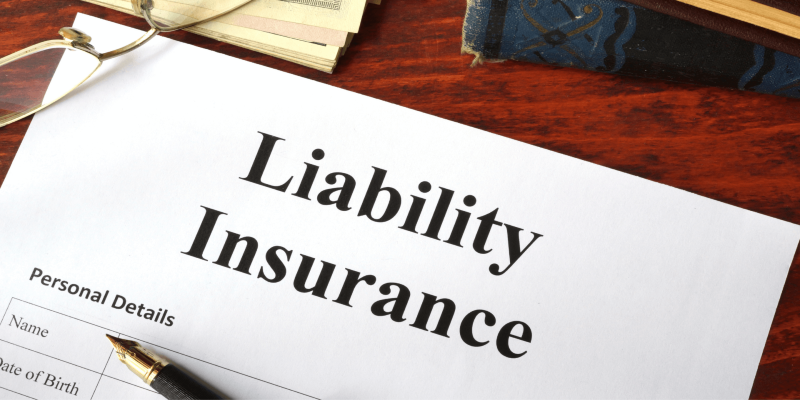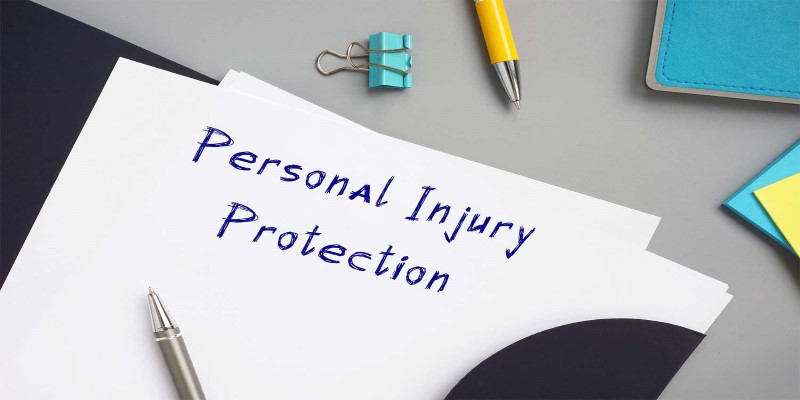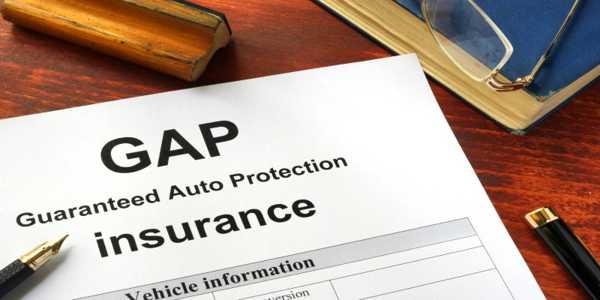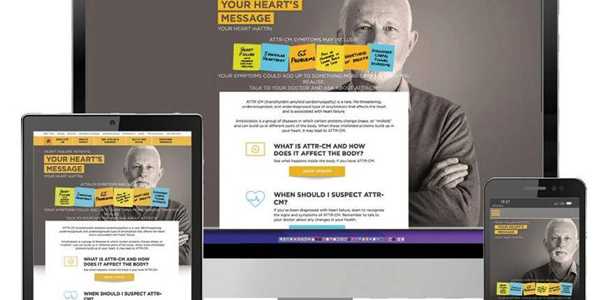How To Choose The Best Car Insurance Plan For Your Needs
Choosing the right car insurance can be a daunting task. After all, it’s not just about the price—your car insurance needs to offer the protection that fits your lifestyle and driving habits. So, how do you pick the best plan without feeling overwhelmed? Let’s break it down and explore what matters most when choosing car insurance.
What Exactly Do You Need From Car Insurance?
Before diving into specific policies, you need to ask yourself: What kind of coverage do I really need? Are you someone who’s always driving long distances, or do you mainly use your car for weekend errands? The type of coverage you need depends on your individual situation.
For example, if you don’t drive much, you might not need all the extras that someone commuting daily or driving long distances would need. Knowing the answer to this question will guide you in picking the right type of coverage.
The Types Of Coverage: What’s Right For You?
Liability Insurance
Liability insurance is the minimum coverage required in most states. It covers the costs of damage to another person’s property or injuries to others if you’re at fault in an accident. While it’s required by law, it doesn’t cover your own damages.
When it’s a good fit: If you have an older car or a car you’re not too attached to, liability might be all you need.

Collision Coverage
Collision insurance pays for damages to your car from a collision, regardless of who’s at fault. It’s especially useful if your car is newer or if you’re concerned about having the funds to repair it after an accident.
When it’s a good fit: If you drive a newer car or one with higher value, collision coverage will help keep you financially secure in case of an accident.
Comprehensive Coverage
This covers damage to your car not caused by a collision, such as theft, vandalism, or natural disasters. While it’s not mandatory, it provides peace of mind for unexpected events.
When it’s a good fit: If you live in an area prone to natural disasters or if you own a high-value car, comprehensive coverage is definitely something to consider.
Uninsured/Underinsured Motorist Coverage
This protects you in case you’re in an accident with someone who doesn’t have insurance or enough insurance to cover the costs. It’s especially important given that a significant number of drivers on the road don’t have adequate insurance.
When it’s a good fit: If you live in an area with a high number of uninsured drivers or if you want to ensure complete protection.
Personal Injury Protection (Pip)
PIP covers medical expenses for you and your passengers in the event of an accident, regardless of who is at fault. It can also cover lost wages if you can’t work due to injuries sustained in the accident.
When it’s a good fit: If you live in a "no-fault" state or if you want to ensure your medical bills and other costs are covered after an accident.

Roadside Assistance
Roadside assistance covers things like flat tires, dead batteries, and towing. While not essential for everyone, it can be a lifesaver if you often drive long distances or in remote areas.
When it’s a good fit: If you often find yourself in situations where you might need help on the road—like a road trip enthusiast or someone who drives in isolated areas.
How Much Coverage Should You Have?
Once you've decided what types of coverage you need, the next question is, how much coverage is enough? This depends on the value of your car, how much you can afford to pay out-of-pocket, and your risk tolerance. Here are some things to consider:
Deductibles
A deductible is the amount you pay out of pocket before your insurance kicks in. Typically, the higher the deductible, the lower your premium, but it means you'll pay more if you have an accident. Consider your financial situation—how much would you be comfortable paying if you had to make a claim?
State Requirements
Every state has different minimum insurance requirements, so it’s important to understand what’s required in your area. However, these minimums might not be enough to fully cover damages in a serious accident, so you may want to opt for higher coverage limits.
Vehicle Value
If your car is worth more, you’ll want to opt for higher coverage. Conversely, if you’re driving an older or less valuable vehicle, you may be able to get away with basic liability and collision coverage.

Evaluating Insurance Providers: Trust And Reputation Matter
Picking the right provider is just as important as picking the right coverage. While you might be tempted to go with the cheapest option, price isn’t everything. Here are some things to consider when evaluating insurance companies:
Customer Service And Claims Process
You want a provider that will be there for you when you need it most—during a claim. Research how easy it is to file a claim with different companies and what the process looks like. Reviews from current or past customers can provide valuable insight into how responsive and helpful the insurer is.
Financial Stability
The last thing you want is an insurance company that can’t pay your claim when you need it. Look up the insurer’s financial ratings (companies like A.M. Best and Moody’s provide financial strength ratings).
Discounts And Perks
Many insurers offer discounts that can significantly reduce your premium. Common discounts include safe driver discounts, multi-policy discounts, or low-mileage discounts. Don’t forget to ask about these!
Finding The Right Car Insurance For Your Needs
Choosing the best car insurance plan comes down to understanding your needs and finding the coverage that fits both your lifestyle and budget. While the options can be overwhelming, breaking things down into categories like coverage types, provider reputation, and affordability can make the decision process smoother. Be sure to consider your driving habits, the value of your car, and the financial stability of your provider to make an informed decision.







